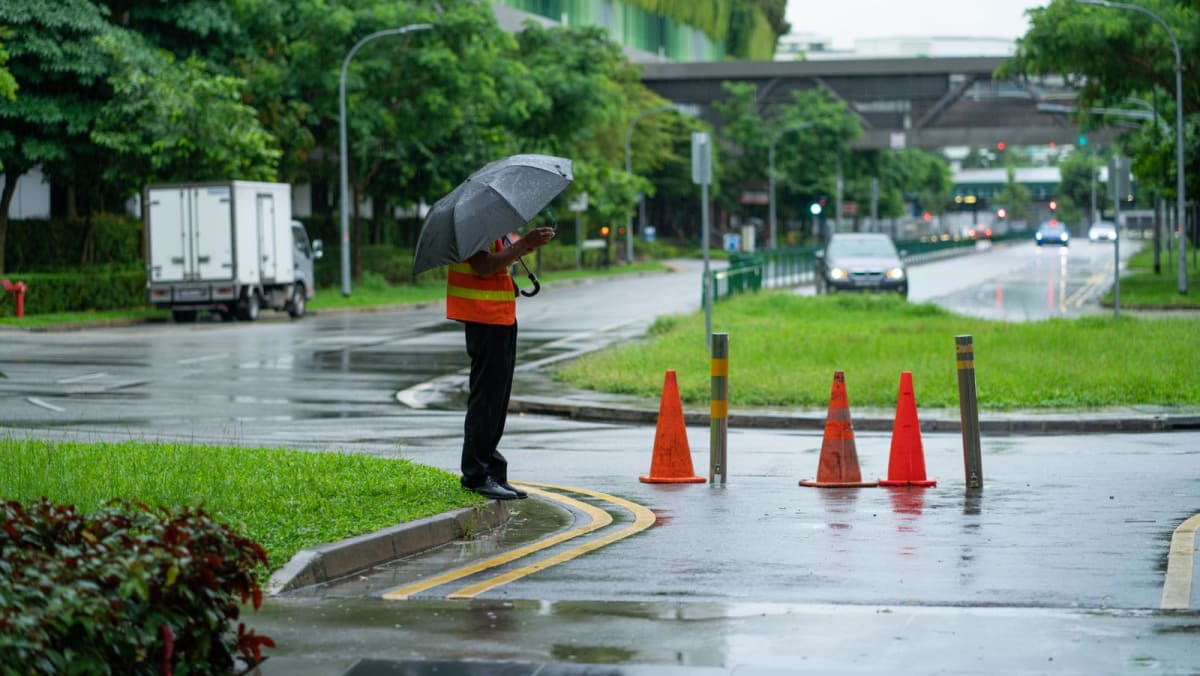COSTS LIKELY TO GO UP
The Singapore National Employers Federation also welcomed the advisory, as it provides clear and actionable guidance on the preventive measures that employers can take against specific weather-related hazards, said its deputy honorary treasurer and workplace safety and health council member Adrian Lim.
It also serves as a “timely reminder” for all employers to conduct regular risk assessments of safety and health hazards at workplaces and implement the necessary measures to mitigate the risks, he added.
Still, Mr Lim acknowledged that employers would run into practical challenges when making the recommended weather-related adjustments.
In the construction sector, for example, rescheduling outdoor work to parts of the day when the temperature is cooler could mean extending work into the night.
“This is not always possible due to noise affecting nearby residents,” said Mr Lim.
Costs for employers would likely go up, said SMU’s Assoc Prof van Gevelt, such as in the form of installing cooling infrastructure for workers.
NUS’ Assoc Prof Lee said: “Ensuring workers’ safety and health is always a good investment, but ultimately, this depends on what measures the employers choose to implement.”
Some are cost-free, while there are upfront costs for other measures which need to be weighed against the longer-term benefits, he said.
One infrastructure and civil engineering company, OKP Holdings, told CNA that it has already spent more than S$50,000 (US$39,000) implementing measures to cope with extreme weather conditions.
Its workers are generally exposed to two types of weather-related risks – lightning during heavy rains and heat stress due to rising temperatures.
Workers are prohibited from working outdoors during adverse weather conditions, such as heavy rain and when there is lightning.
In cases of extreme hot weather, workers are provided with cooler boxes and ice cubes to keep their bottled water cold. The company also sets up water points and water parades – a local term for water drinking session – as well as heat stress boxes for emergencies.
Misting systems and solar fans have also been installed at sheltered rest areas at construction sites.
With the recent advisory, OKP Holdings said it will review and revise its risk assessment to ensure that adverse weather conditions are taken into consideration.
This is among the four measures that MOM and the WSH Council advised employers to implement to better prepare for adverse weather conditions.
Others include monitoring weather conditions closely by using weather monitoring systems and subscribing to weather alerts; communicating possible weather-related hazards to workers and training them to recognise such hazards; as well as preparing recovery plans and inspecting affected structures and essential outdoor machinery and equipment.
“The group expects to incur additional costs as we continue to enhance measures to safeguard the welfare of workers in adverse weather conditions,” said OKP Holdings, adding that the investment will be “beneficial in the long run”.

